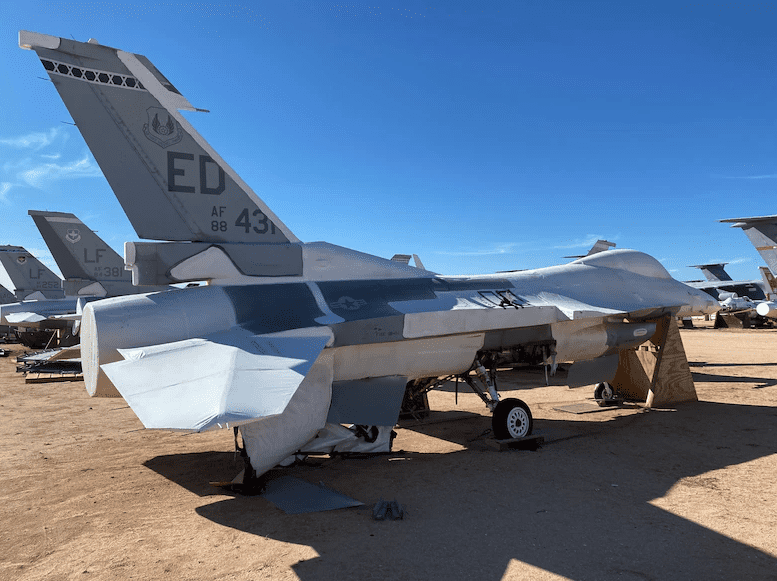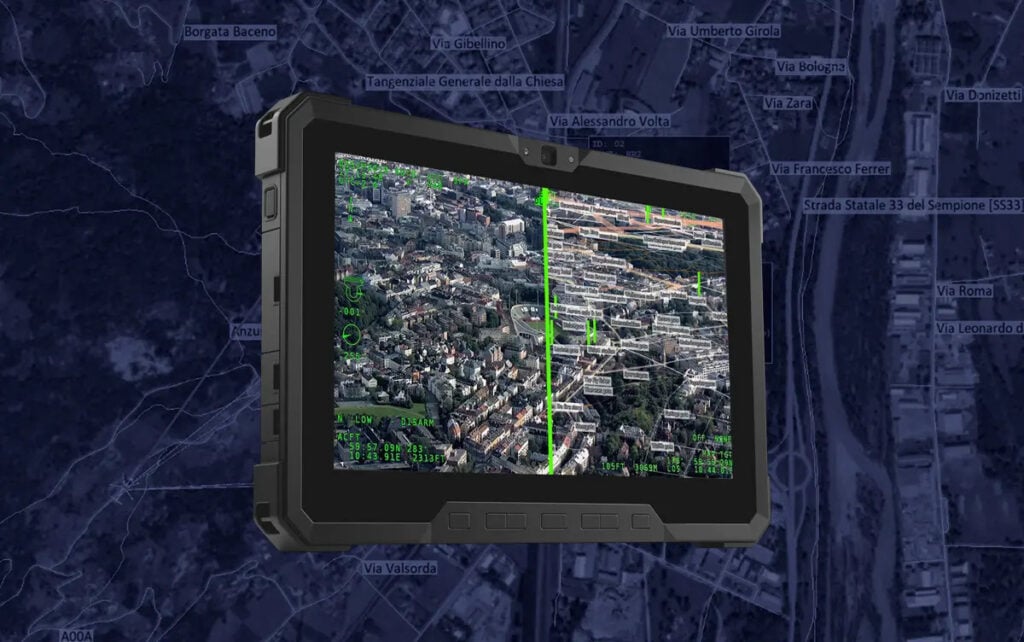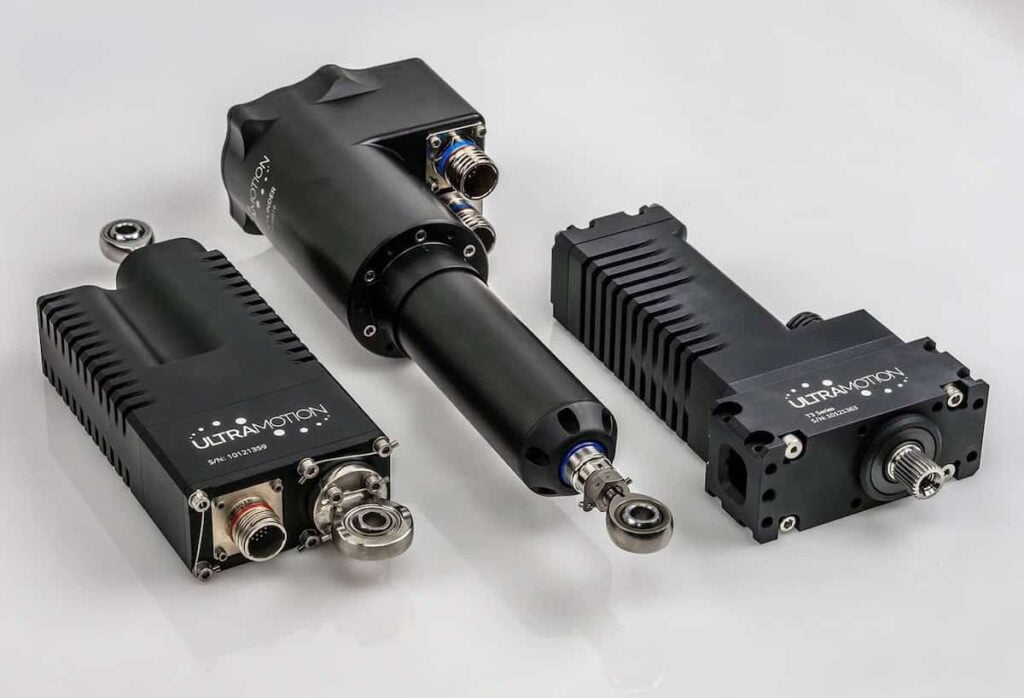
Discover Leading Defense Technology Solutions
Discover cutting-edge solutions from leading global suppliers
Wichita State University’s National Institute of Aviation Research (NIAR) has been awarded a contract to develop a digital twin of the U.S. Air Force (USAF) F-16 Fighting Falcon fighter jet in an effort to improve the sustainment and modernization of F-16s operating around the world.
The Air Force Life Cycle Management Center’s F-16 Program Office is sponsoring the project through which NIAR will disassemble and scan two F-16s to create the ‘digital twin.’ Part of the initiative includes creating an adjustable 3D model of the plane.
The project is expected to last four years, and will collect data essential for future efforts to keep the F-16 fleet operational and effective.
“Our goal is to create a full scale 3D model of the aircraft, with the exception of the engine,” said 1st Lt. Connor Crandall, Digital Twin Program Manager within the F-16 Program Office.
“The data will be used to help address future parts obsolescence, and mitigate supply chain risks because we won’t have to rely on legacy manufacturing sources and processes.
“We’ll have the 3D models, and designs that we can send to the manufacturers we choose.”
NIAR will also create 3D models of some of the larger systems on the aircraft such as the environmental control, hydraulic and fuel systems on the aircraft.
Upon completion of the project, the Air Force expects to save time and money on sustainment.
“Maintainers and engineers work diligently to deliver aircraft to the fight, and it costs a lot of time, money, and effort to break out an aircraft for updates and repairs,” said Capt. Jamee Boyer, an F-16 structural engineer.
“It also costs money to develop a solution that doesn’t really work. With a 3D model, we can model different solutions in a virtual environment and see if they work, before having maintainers remove parts that may not need to be removed.
“Consequently, this would reduce maintenance workload, provide an innovative tool for engineers, and prevent aircraft being removed from the flying schedule.”
While not the focus of the project, the digital twin effort lays the foundation for the potential future use of augmented reality, and virtual reality training for F-16 aircrew members and maintainers.
NIAR F-16 program manager and sustainment director Dr Melinda Laubach-Hock said, “Developing a virtual engineering environment that integrates structures and systems components will provide a virtual test bed for future modifications and other sustainment actions prior to physical implementation.
“Virtually testing prior to implementation will streamline the process, reduce airframe downtime, and increase mission readiness of this key military asset.”
Currently, the aircraft are waiting at Aerospace Maintenance and Regeneration Group (AMARG) at Davis-Monthan Air Force Base to be disassembled for transport to Wichita. The move is expected to be completed by September 30, 2021.
























